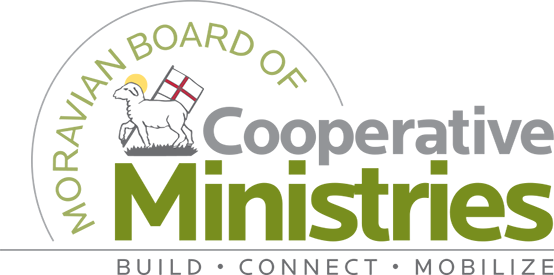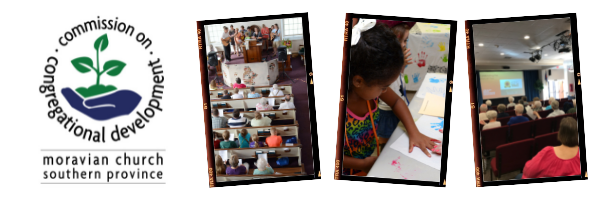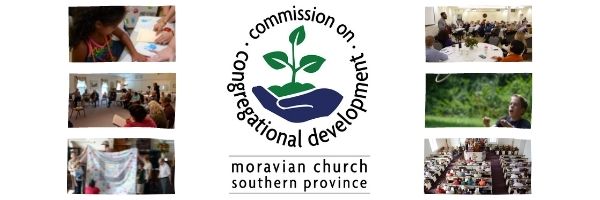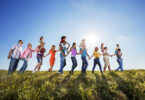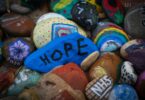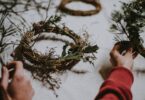(Warming my coffee, I now turn to Gregory…)
Q. Brother Gregory, Father Rokycana, Priest of the Thyn Utraquist Church in Prague, was your uncle. Yet he encouraged you to join the Brethren of Chelcic. Why did he do that and what happened next?
A. “My uncle expected me to be drawn to the Brethren. Although middle-aged, my temperament was more that of rebellious youth. While I respected him and his clerical position, I argued with him that it was not enough to simply long for and pray for reform of the Roman Church; we needed to work actively for reform!
When I joined that little group of Brethren, they had already begun a secret study in homes rather than public worship at Church. Our absence made us conspicuous-it still wasn’t safe to wander too far from the practices of Rome. Even Utraquist members cautioned us, feeling we were becoming radical and might attract Rome’s attention and wrath. It was becoming dangerous to remain in Prague.
The final straw came when the government ordered all Bohemian citizens to join either the Roman Church or the Utraquist Church. There were no other options, leaving Prague became obvious and urgent”
Q. How did Kunwald happen to be chosen as a destination for sanctuary?
A. “Plague and economic depression had depopulated the little village of Kunwald. Located in the estate of Lititz on Bohemia’s eastern border, owned by King George.
Father Rokycana knew King George was engaged in a difficult balancing act: how to enforce rules imposed by Rome while pleasing Bohemian royalty and Hapsburg emperors reliant upon Rome. All while maintaining an uneasy peace with the nationalistic Hussites. It was Rokycana who negotiated with King George a crafty option: our safe migration to his estate in order to minimize public embarrassment and political stress in Prague.
Since many of us had previously moved from country villages to Prague to pursue prosperity, departing Prague to live our faith in peace was an easy decision. Being so remote, Kunwald was virtually hidden. With our unseen migration to Kunwald, everybody won.
We arrived in Kunwald with no plan to form a new religious sect. We had no political agenda. Our quarrel with Rome was over. We sought only a peaceful life among others who also desired God-centered relationships in life and work. Other pilgrims heard about our experiment and began arriving in Kunwald. With growth of numbers and unity of purpose, Kunwald again took life as a vibrant community.
In 1457, we felt the time had come to give ourselves an identity. Our society chose the Latin name “Unitas Fratrum” and formally became a church. We elected a management team of 27 elders intent on pursuing a three-fold ideal of faith, fellowship, and freedom. As a community, all brothers and sisters vowed to practice Christian living as described in the Bible rather than man-made doctrines promoted by Utraquist and Roman Church traditions. We became known, informally, as “Bohemian Brethren.”
Q. How did the rest of Bohemia view the unique presence of the Brethren?
A. “I guess one would say Kunwald became our ghetto in rural Bohemia. We lived apart from others. We preferred to dress in starkly simple practical clothing. We placed strict requirements for membership which raised some eyebrows. We were pacifists. We caused no problems.
But as our community and businesses became successful, that success brought scorn from some who did not know us. I think this reaction was much like that experienced by Jews in Europe who were scorned due to their appearance, exclusive cohesion and economic success also built upon religious devotion. Of course, our circumstances differed from Jews; our background was Christian, we spoke one language common to Bohemia, and we did not carry the social stigma of mysteriously contributing to the Black Plague.
While sporadic persecution continued, it faded over time leaving us free to practice our faith, our work, and our lives in relative calm.”
Q. Then, residents began leaving Kunwald, right? What caused that to happen?
A.“Kunwald was different. Other protestant societies were popping up throughout Bohemia but it seems God looked most favorably upon the Unitas Fratrum. Our practice was unique, requiring each person to center his or her own life upon a personal relationship with Christ. There was no dictate about how that should occur. Our community was His Church. Our devotion was to be expressed not only in worship but also in daily activities of work and play, as neighbors and as families. Our “doctrine” was simple and understandable. All who came to Kunwald were required to share this outlook and value system. Our brotherhood thrived, our faith deepened, our village prospered. We were unique.
In time some Brethren decided to leave the sanctuary of Kunwald and relocate to other villages. Some left to reunite with family members. Others sought economic opportunity. Some received an invitation from lords of other manors wishing to stimulate their community with our values. In all cases, migrants took with them the model of faith rooted in Kunwald. The reputation of Bohemian Brethren spread throughout all Bohemia and Moravia; not trouble makers but skilled craftsmen, self-taught in trades, well educated, disciplined, honest, eager to apply religion to everyday practices, and strangely joyful in so doing. Wherever Brethren settled, they planted their unique seed of pious influence and values causing those communities and neighbors to prosper as well.
Then along came the printing press and Luke of Prague.”
Note: This is part of a multi-month blog series, “Coffee with Moravian Ancestors.” Bill will sit down with important figures in the Moravian church to have a cup of (Moravian) coffee, asking questions about his or her life and how they have impacted the church! Look for Bill’s other blog posts, all titled “Coffee with Moravian Ancestors.” To accompany his blog posts, he has drawn the images from his trip to Europe on the Roots of the Moravian Church Tour. For more art, visit Bill’s website at BillNeeds.com.
 BY WILLIAM NEEDS |
BY WILLIAM NEEDS |


